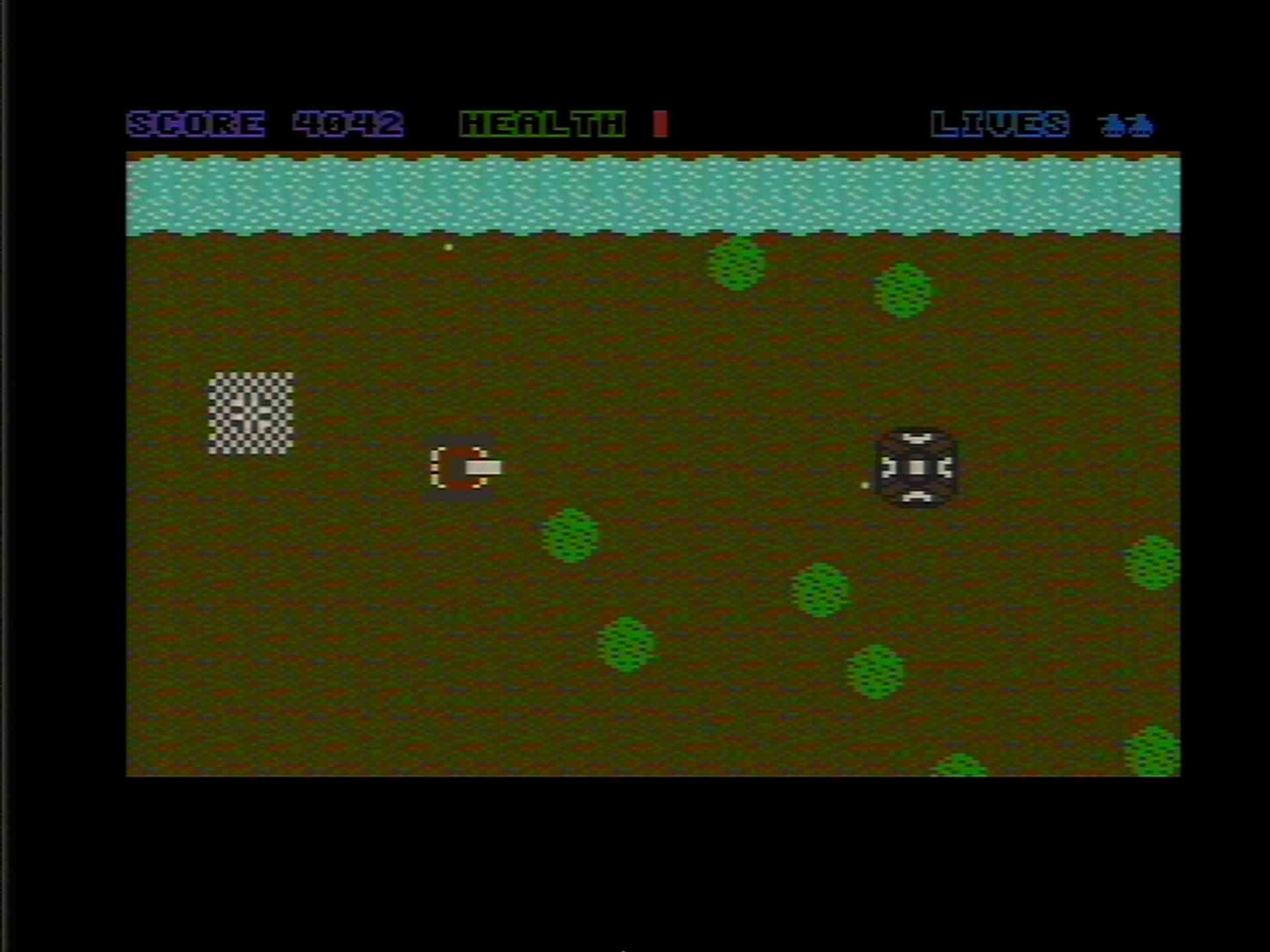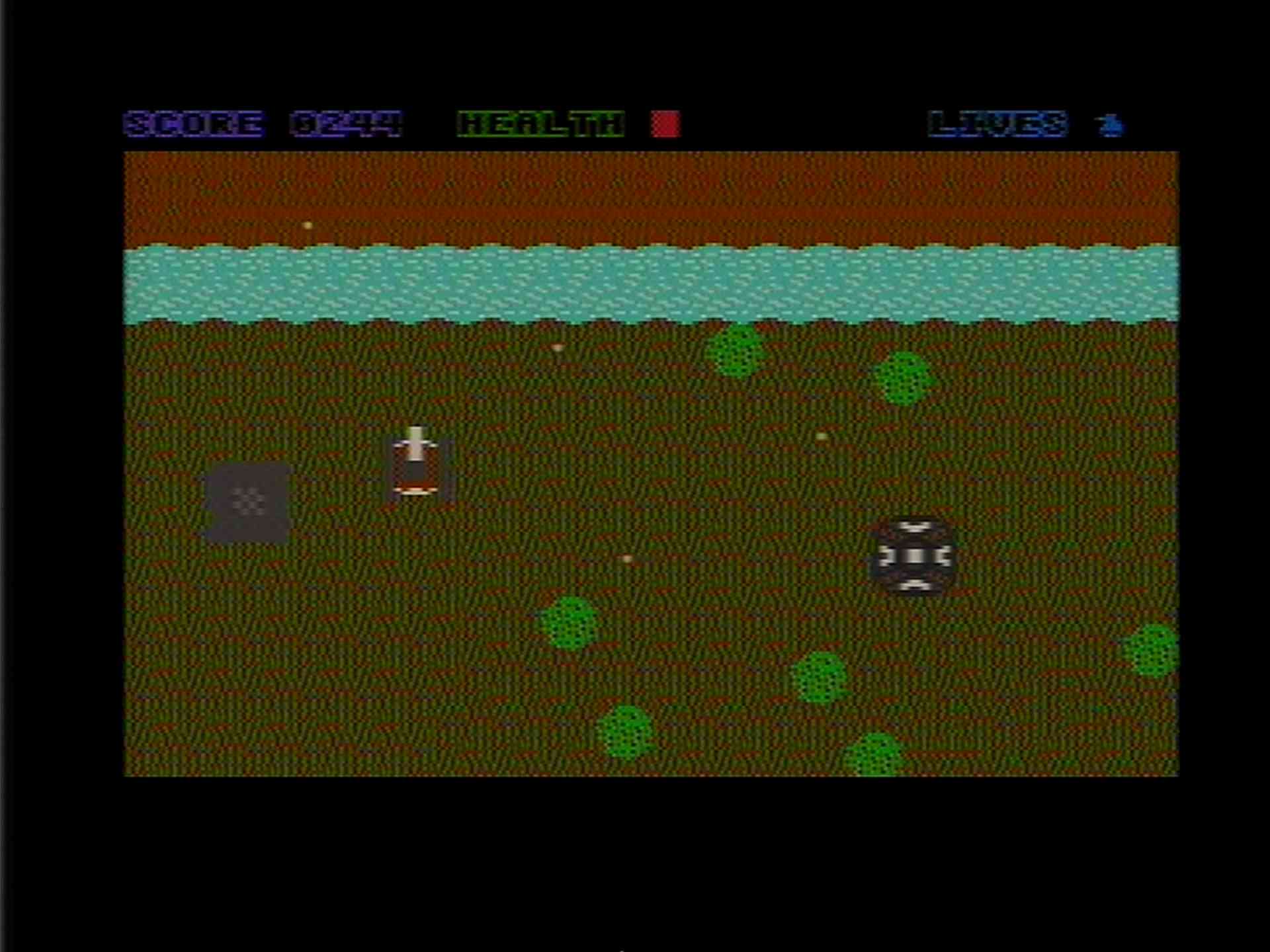Posted By

TLC
on 2023-08-03
18:51:51
|  Re: Luma / Chroma crosstalk fix Re: Luma / Chroma crosstalk fix
Hey @Charles,
Finally got around to try the thing.
I'll yet to have another go, using the CRT display. (I still don't know how I'm going to take useable photos of the CRT, but... anyway.) These images below were produced using the video capture method, like in the previous test. (Plus/4 --> (separate luma/chroma video) --> analog video decoder --> (analog RGB) --> scart video digitizer --> (HDMI) --> HDMI capture device --> PC. (Signal types in brackets.) ).
The results look interesting I'd say.


Interestingly, I can clearly see the chrominance smearing on the status bar text here as well. I could hardly explain the effect right now, TBH. (In PAL, there's always a bit of colour "averaging" both horizontally and vertically. Yet, in the case of some-specific-colour-on-black, like this example is, IMHO the transitions are supposed to vary in saturation only, not colour tone (since, black is zero colour). Maybe I'm just wrong here, I don't know. One thing is sure, the effect is there indeed.)
I made another screenshot, after switching to composite video, just for curiosity. (Plus/4 --> (composite video) --> analog video decoder --> (analog RGB) --> scart video digitizer --> (HDMI) --> HDMI capture device --> PC). The result looks significantly worse I'd say.

Maybe, the effect looks a bit exaggerated here, it's maybe not this pronounced on regular CRT displays. (The capture thing digitized the RGB picture in full HD, which, compared to standard old analog video, is a lot of resolution. What's in there, would be on this picture in full detail). Long story short: composite video is luma + composite colour mixed together (with applying a bit of pre-filtering to luma first). Before displaying, composite video has to be separated back to luma and chroma. This is done by a so-called "comb filter" (there are multiple options actually, comb filters are the most common in analog TV's). This separation thing is not an exact process, there's usually a bit of signal distortion and loss of detail here and there. (It works quite well for usual TV content, less so with "sharp" computer video.) There's yet another possibility, that my analog converter box is simply bad at doing that step (there's quite noticeable chroma residue, something I wouldn't have expected to this extent). At least, the general character (the general direction of how composite video differs from separate luma / chroma in general, with maybe a bit less moire and more blur in practice) is there.
|